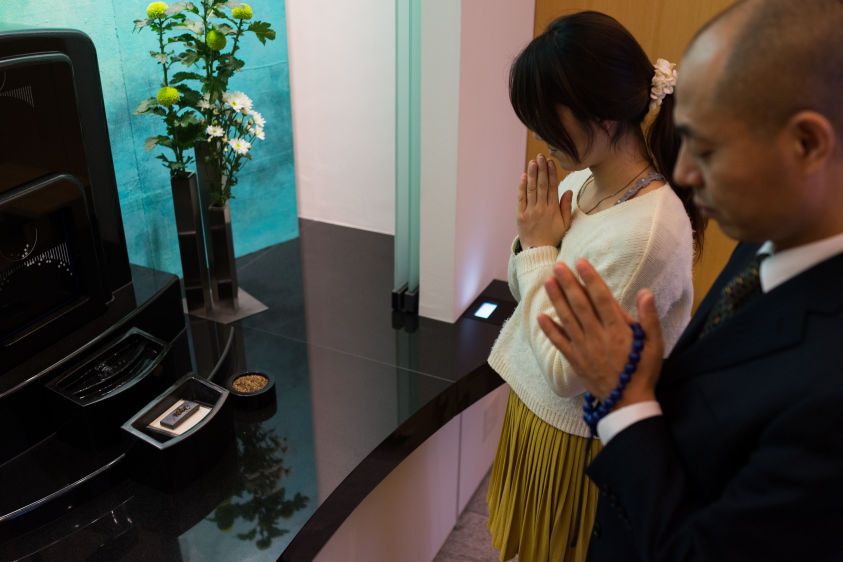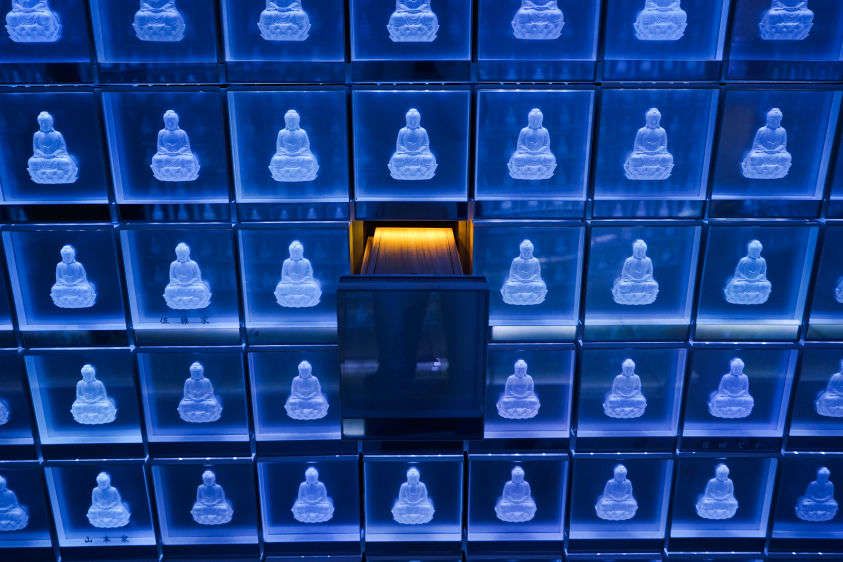Stairway to Heaven
Rituals embody the thinking of a society; death rites in particular reveal notions of life, death, and the afterlife. Looking at the new ways in which people in Japan are buried made me think about the transformations in city landscapes, lifestyle and social structure.
First, land has become increasingly scarce in cities. In Tokyo, a plot at an urban cemetery can be astronomically expensive, reaching $100,000 in central areas. If one adds the purchase of the tomb and other associated costs the final price tag can be very costly.
Second, access is key at the time of choosing a burial site. Most people will not visit the deceased regularly if they have to travel for two hours just to get to the grave (in Japanese tradition, ashes were placed next to one’s ancestors, often in far areas). Thus, easy access within the city, closeness to shopping areas, restaurants, etc. make a more marketable package for urban charnels. They do not require maintenance; because they are indoor they can be visited all year round regardless of the weather, and wheelchair access is readily available.
Most impressive to me was to the way technology is incorporated in a non-disruptive way. Visitors use an electronic card to enter the cemetery room. LED lights are computerized in very sophisticated lighting programs, and none of this felt strange.
Another interesting thing is how mentalities are changing. For example, in traditional Japanese cemeteries it was difficult for same-sex couples to be buried together next to the family’s tomb. But the charnel houses I visited are inclusive of all individuals regardless of religion, sexual orientation, or background.
So I think this tendency will only increase in the future and propagate to other global cities as well. Urban burial sites will probably need to start using technology if they want to keep up with the times.













